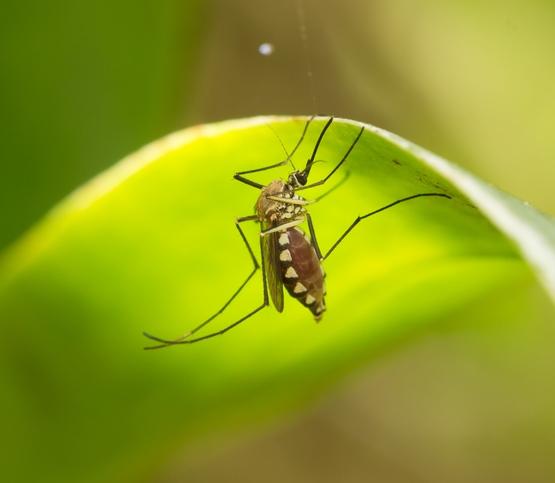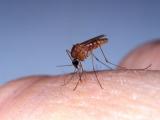A new study used genetic analysis to further understand how and under what circumstances the Aedes aegypti mosquito was introduced to California. Researchers said that the vector, which can transmit yellow fever, dengue, and Zika, was introduced years before mosquito surveillance teams detected the species and handled cooler temperatures than previously thought possible.
The researchers presented their findings in the latest issue of PLoS Neglected Tropical Diseases. Evlyn Pless, a PhD candidate at Yale University and lead author of the study, said the genetic analysis showed that the bugs had been in California for years before their 2013 detection.
"We know that detection officially occurred in 2013, but our analysis shows the species was somewhat established by that year," said Pless. "Moreover, we see evidence of overwintering in Northern California, which means the bugs are able to stand freezing temperatures a few times per year."
Pless said Aedes do not commonly live in areas with below-freezing temperatures. "Our findings are important in light of climate change and rising temperature," she said.
Two different invasions
To conduct the study, the researchers analyzed 34 samples of Ae aegypti mosquitoes from 12 sites in California and 16 sites from across the southern United States and northern Mexico. They were looking for genetic similarities.
What they found surprised them: The mosquitoes from Northern California shared their genetics with those with the southern central United States, while those in Southern California came from southwestern states.
According to the study, the estimated time of divergence between Southern California and the Southwest was approximately 35 years, and the estimated time of divergence between Northern California and the South Central/Southeast was about 8 years.
"We observed a strong difference in the groups, much more genetic diversity than we thought," said Pless.
The genetic diversity and two different invasion periods mean that controlling Aedes in California and other states will not be as straightforward as hoped. Re-invasion is more likely when species are genetically diverse, and the presence of the mosquitoes in more temperate climates may mean they are hardier than previously thought.
"Understanding and accounting for the invasion dynamics of A. aegypti will continue to be essential for detecting new invasions, monitoring vector presence, and preventing disease outbreaks in California and other regions," the authors concluded.
See also:
Aug 10 PLoS Negl Trop Dis study





















